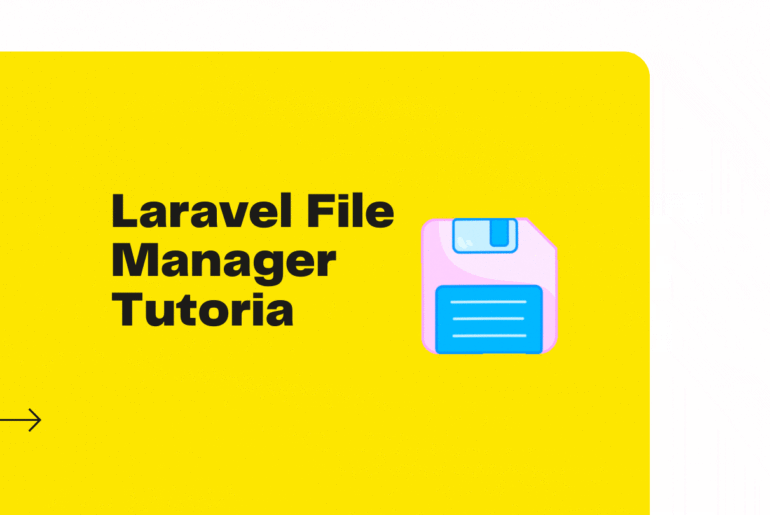In this laravel tutorial, we will learn about how to make file manager in laravel
Step 1: Install Laravel 8
composer create-project --prefer-dist laravel/laravel laravel_filemangercd laravel_filemangerStep 2: Install alexusmai/laravel-file-manager Package
In this step, You can install file manager package in this laravel app. So open terminal and put the bellow command.
composer require alexusmai/laravel-file-manager
after installing successfully, we need to publish configuration file using bellow command:
php artisan vendor:publish --tag=fm-config
Now they created file-manager.php file in config folder. you can add or remove disk list from “diskList” key as bellow:
config/file-manager.php
....'diskList' => ['local'],....
now we need to public asset files with following command:
php artisan vendor:publish --tag=fm-assets
Step 3: Create Controller
touch app/Http/Controllers/FileManagerController.phpNow, open you controller
<?php
namespace App\Http\Controllers;
use Illuminate\Http\Request;
class FileManagerController extends Controller
{
/**
* Display a listing of the resource.
*
* @return \Illuminate\Http\Response
*/
public function index(Request $request)
{
return view('filemanager');
}
}Step 4: Create Blade Files
touch resources/views/filemanager.blade.phpNow, Open your resources/views/filemanager.blade.php
<!DOCTYPE html>
<html lang="{{ app()->getLocale() }}">
<head>
<meta charset="utf-8">
<meta name="viewport" content="width=device-width, initial-scale=1, shrink-to-fit=no">
<!-- CSRF Token -->
<meta name="csrf-token" content="{{ csrf_token() }}">
<title>Laravel File Manager Tutorial Example</title>
<!-- Styles -->
<link rel="stylesheet" href="https://cdn.jsdelivr.net/npm/[email protected]/dist/css/bootstrap.min.css">
<link rel="stylesheet" href="https://use.fontawesome.com/releases/v5.15.2/css/all.css">
<link href="{{ asset('vendor/file-manager/css/file-manager.css') }}" rel="stylesheet">
<link href="https://cdn.jsdelivr.net/npm/[email protected]/dist/css/bootstrap.min.css">
</head>
<body>
<div class="container">
<div class="jumbotron">
<h1>Laravel File Manager Tutorial Example</h1>
</div>
<div class="row">
<div class="col-md-12" id="fm-main-block">
<div id="fm"></div>
</div>
</div>
</div>
<!-- File manager -->
<script src="{{ asset('vendor/file-manager/js/file-manager.js') }}"></script>
<script>
document.addEventListener('DOMContentLoaded', function() {
document.getElementById('fm-main-block').setAttribute('style', 'height:' + window.innerHeight + 'px');
fm.$store.commit('fm/setFileCallBack', function(fileUrl) {
window.opener.fmSetLink(fileUrl);
window.close();
});
});
</script>
</body>
</html>Step 5: Create Route
routes/web.php
<?php
use Illuminate\Support\Facades\Route;
use App\Http\Controllers\FileManagerController;
/*
|--------------------------------------------------------------------------
| Web Routes
|--------------------------------------------------------------------------
|
| Here is where you can register web routes for your application. These
| routes are loaded by the RouteServiceProvider within a group which
| contains the "web" middleware group. Now create something great!
|
*/
Route::get('filemanager', [FileManagerController::class, 'index']);
Step 6: Run your server
php artisan servehttp://127.0.0.1:8000/filemanager